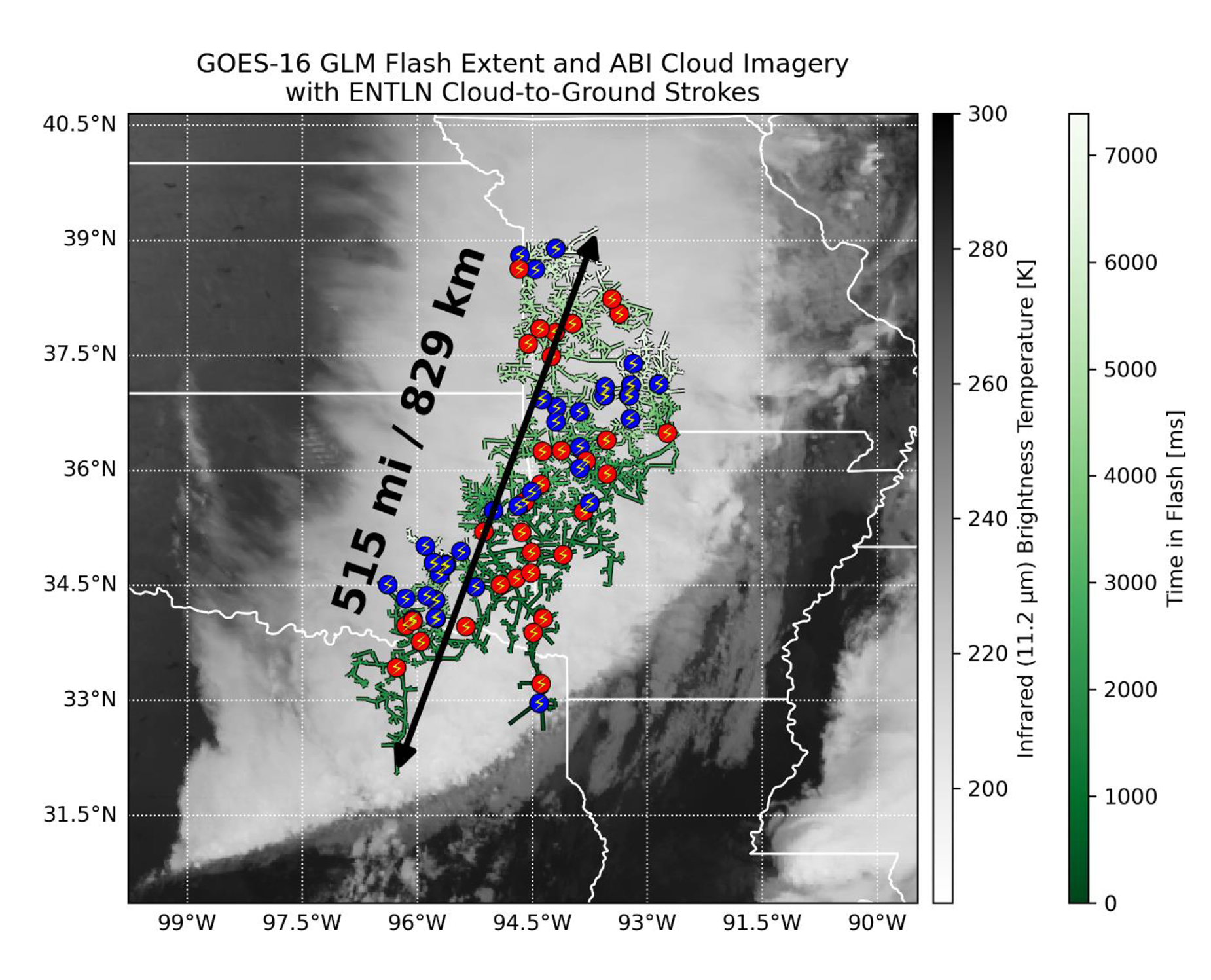
Dr. Timothy Logan, director of the Houston Lightning Mapping Array (HLMA) Network and an associate professor in Texas A&M’s Department of Atmospheric Sciences, played a key role in confirming a new world record for the longest lightning flash ever recorded.
The World Meteorological Organization (WMO) verified that a lightning flash in October 2017 stretched 829 kilometers (515 miles) from just south of Dallas to near Kansas City. This “megaflash” broke the previous record by 61 kilometers and was confirmed using advanced satellite technology.

The findings were published in the Bulletin of the American Meteorological Society and add to WMO’s official Archive of Weather and Climate Extremes.
“This record shows just how powerful and far-reaching lightning can be,” Logan said. “Events like this highlight the importance of improving public safety awareness and early warning systems.”
Logan worked with WMO’s Committee on Weather and Climate Extremes to analyze the storm, which formed over the Great Plains, one of the world’s top hotspots for massive thunderstorms. The record-breaking flash was first identified in data from NOAA’s GOES-16 satellite and confirmed during a reanalysis of the storm years later.
Megaflashes like this one are rare but dangerous because they can strike hundreds of miles from the main storm. Logan emphasizes that the safest places during lightning are inside sturdy buildings and to be mindful of storms that may have passed but still produce visible lightning nearby.

